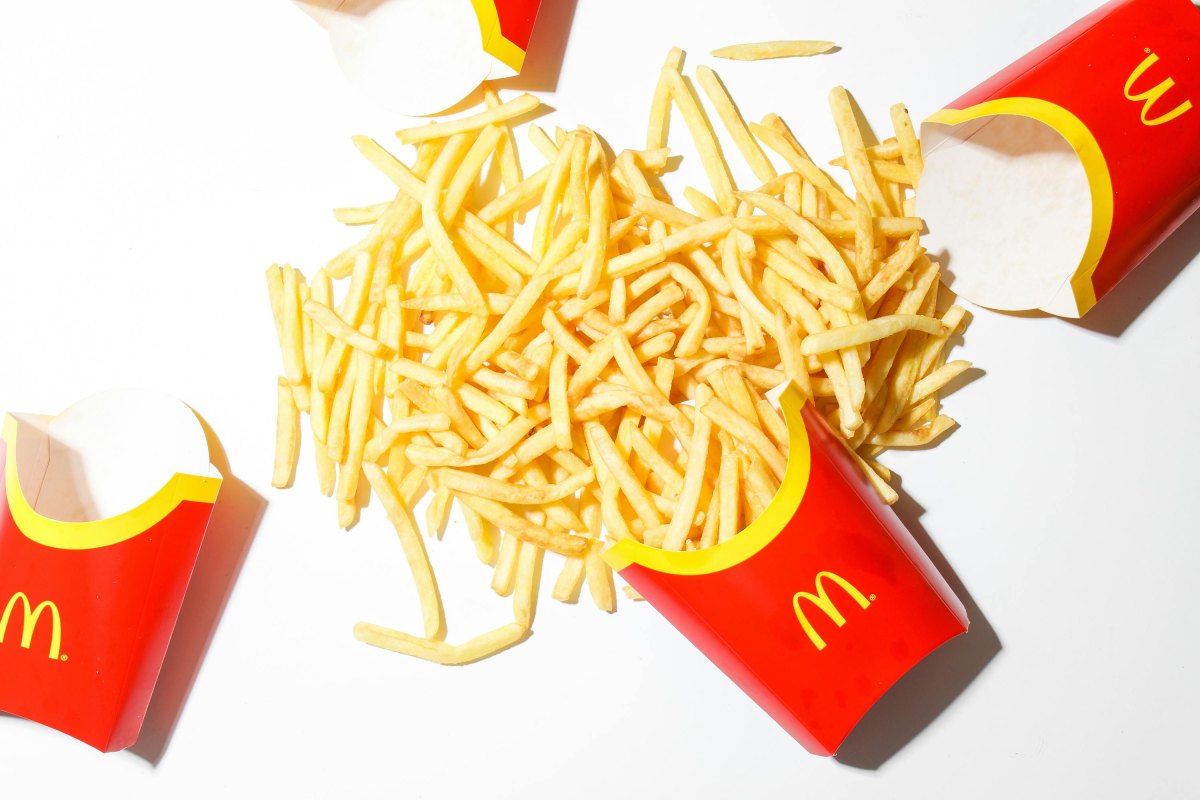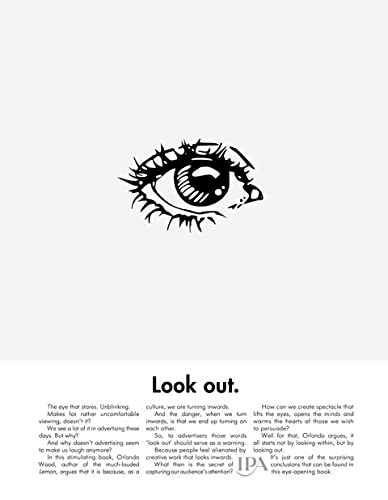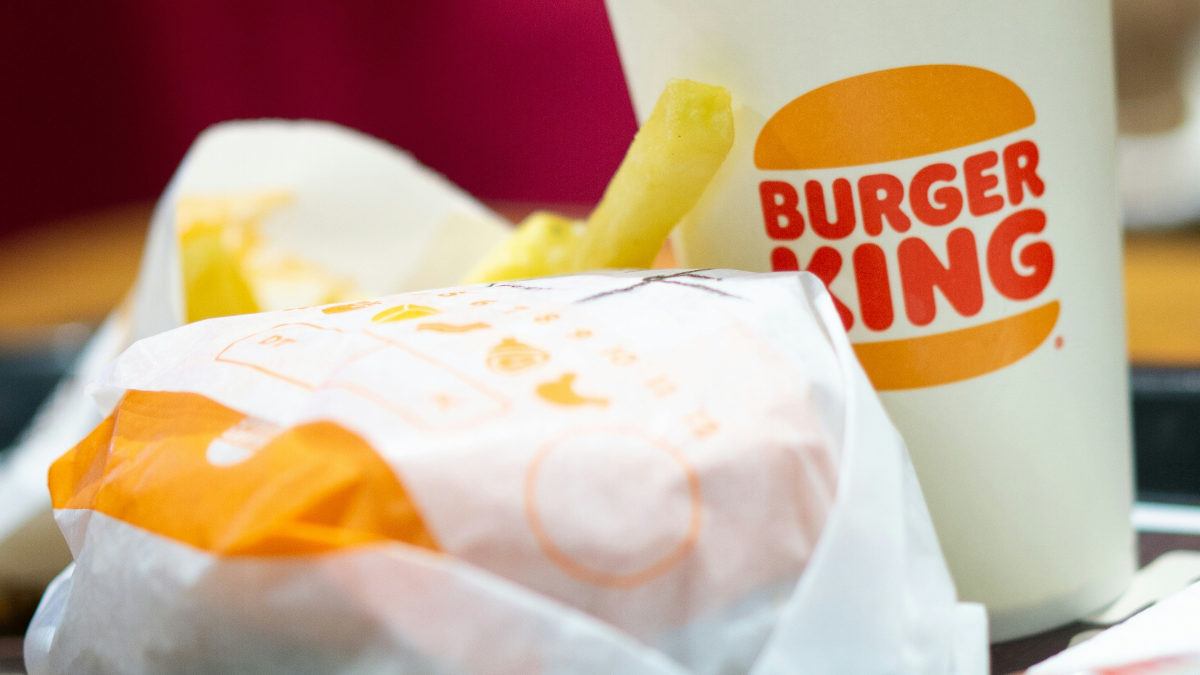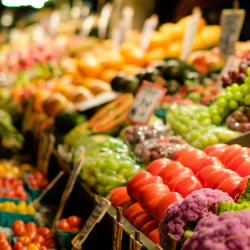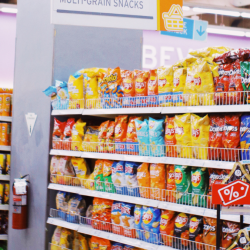People often say, ‘The definition of insanity is doing the same thing over and over and expecting different results.’ In the case of mid-funnel food and drink advertising, we’re certainly seeing this played out by marketers.
If I were to ask you to think of a funny food and drink advert your mind will naturally spring to some of the incredible campaign work created over the years; think the iconic Cadbury’s Fruit ‘n’ Nut musical number, Joan Collins’ cameo for Campari, or even the more recent playful Raise Your Arches by McDonald’s. But if I ask you to think of a funny food product ad, the chances are you’ll struggle. Despite the huge amount of money spent on creating product advertising designed to inspire customer behaviour, the food and drink industry has fallen into the ‘sea of sameness’ trap: many brands following the same conventions and guidelines as the next.
Believe it or not, we rarely get a brief these days that isn’t full of screen grabs of competitor campaigns accompanied with the line ‘something along these lines, please.’ As specialists in this area we have the technological and creative capabilities to really bring food and drink to life — we can film bananas swimming, vegetables twerking and get inside the bubbles of famous soft drinks. The levels our creativity can be stretched to are almost unlimited, and that’s pretty exciting.
However, the category fails to embrace this in its product marketing
Somewhere along the way it was decided that the majority of creativity and attention should stick to the top of funnel campaign work while the product marketing should be transactional, practical and factual. There’s a huge white space here for marketers to inject more personality and humour into these pieces of work and reap the benefits of improved effectiveness metrics.
How many people do you think watched this from McDonald’s and said to a friend ‘wow did you see that ad?’
Right. The blandness of product marketing in this category is incredible really considering how much money is spent on it. Excuse the pun, but it’s the bread and butter of a lot of the marketing strategy in driving customers to consider and purchase. It serves a real purpose. But as a marketer, would you not want to drive customer behaviour whilst also being memorable and helping build the brand?
Don’t get me wrong. In terms of functional product advertising the McDonald’s ad isn’t bad. And within the broader marketing spectrum I understand the case for it. It’s just it could be so much better. And injecting some intelligent wit can transform an OK piece of content into something far more distinctive. We’ve all heard a humour category is being introduced at Cannes Lions this year. Its powerfulness is probably why. But it makes me think, why not a category for nostalgia, surprise, sentimentalism… they can all be winning components to true effectiveness.
Food depiction can play an important role in brand building
Having a clear Culinary Identity, a strategy that inspires choices in food depiction, is fundamental for long-term effectiveness. It tells you what good looks like. Once this is established you have your own set of brand rules — and at that point you can start bending them, or playfully disobeying them. Which is often how humour is introduced.
A great example of this is this ad for Reece’s Pieces by The Hershey Company. It’s simple, clever, amusing and most importantly, it’s all about the product. And try counting the codes that lead back to the brand: colour scheme, ingredients on display, tone of voice, the voice actor, et cetera.
Or this excellent one from KFC which uses winning marketing devices to involve the viewer and develop the story, with a comedic twist at the end.
You only have to look at the comments to see the effect the ad had on people. It sparked emotion in the way good, intelligent comedy does. It made the viewer feel something.
You don’t have to just take my word for it. System1, the leaders in measuring advertising effectiveness, talk endlessly about how making audiences smile is one of the best, most effective and most memorable things you as a brand can do. In Orlando Wood’s book, Look Out, he examines the flexibility of humour in the journey it can take us on. Humour gets the attention of the right side of our brains which understands metaphors, implications and seeing things from multiple perspectives. And, as System1’s testing proves, ads which get that right-brained attention are far more effective at creating lasting impressions and ultimately, building brands.
Humour works when a brand truly understands who it is and what it stands for. Marketers call this positioning. This understanding forms the basis of the Culinary Identity that we work closely with to help food and drink brands develop: the flexibility to be more playful, experimental and interesting then opens up. We can make the ingredients work harder in bringing the brand to mind in far more memorable ways. Plus, it makes the whole process more enjoyable for creatives, for marketers measuring effectiveness and, most importantly, for the audience.
It’s also fantastic for brands looking to disrupt. Take this piece of work for Impossible, the meat substitute. It’s super simple, comedic and disruptive, playing on the traditional advertising codes of the meat industry to challenge it directly. That clever twist makes it impactful. You as the viewer are left with a ‘wow’, and probably, a smile.
There has never been more of an appetite for storytelling and humour, even in product advertising, as brands compete for eyeballs, stomachs and market share. It’s ultimately up to the consumer to make a choice based on the information provided.
But the delivery of this information doesn’t need to be formulaic. It’s time to rid ourselves of the insanity of doing things in a way we know isn’t anywhere near as effective as it can or should be.
Featured image: Polina Tankilevitch / Pexels




















